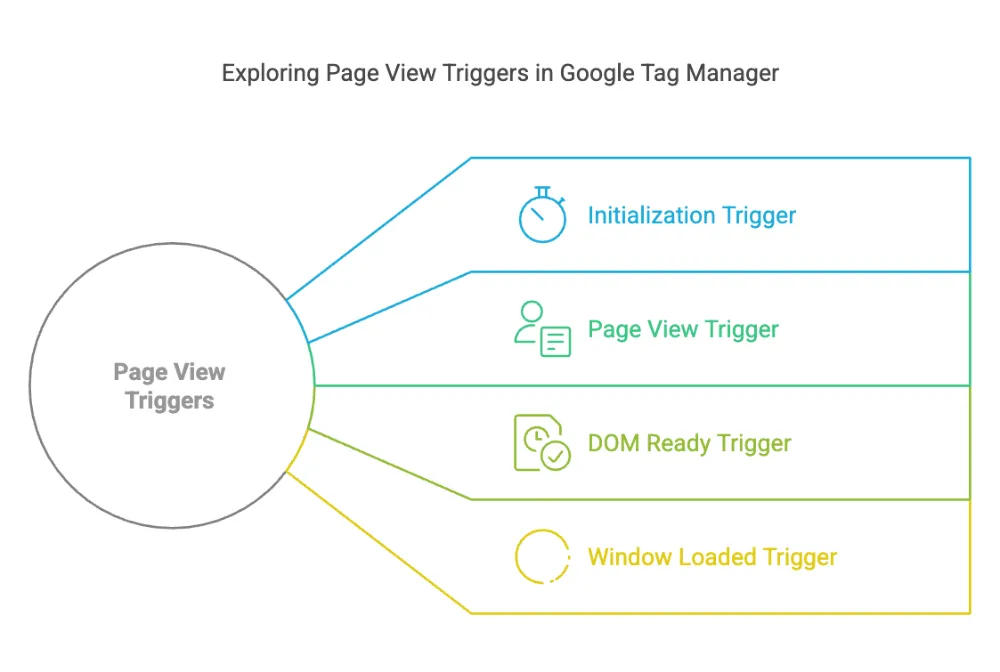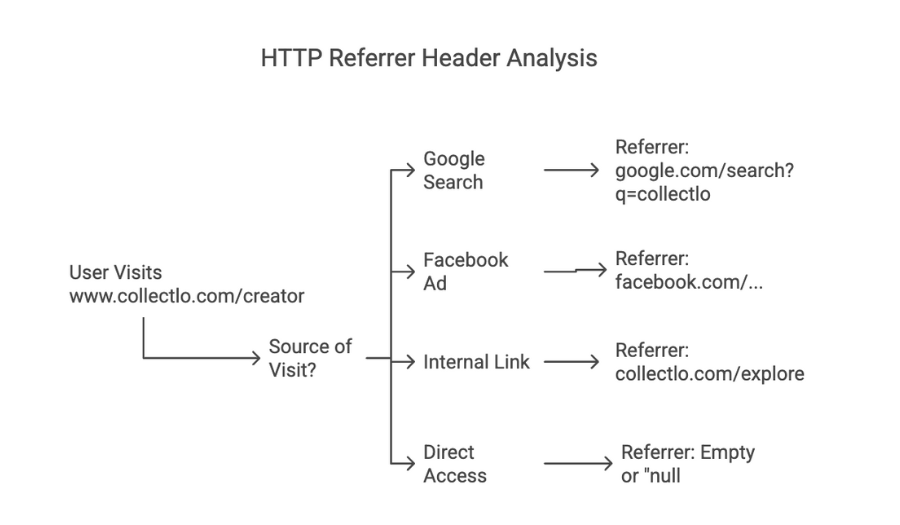Beginner's Guide to GA4: Understanding the Basics
Outline of the Article
1. Introduction
2. What is GA4?
2.1 The evolution of Google Analytics
2.2 Features of GA4
3. Benefits of GA4
3.1 Enhanced cross-platform tracking
3.2 Advanced analysis capabilities
3.3 Improved data privacy
4. Setting up GA4
4.1 Creating a GA4 property
4.2 Installing the GA4 tracking code
4.3 Integrating with other platforms
5. Navigating the GA4 interface
5.1 Overview of the main components
5.2 Understanding the reporting interface
5.3 Exploring the data streams
6. Key metrics and dimensions in GA4
6.1 Event-driven data model
6.2 Key metrics to track
6.3 Important dimensions to consider
7. Analyzing user behavior
7.1 User acquisition and engagement reports
7.2 User retention analysis
7.3 Path analysis and conversion tracking
8. Advanced features and customization
8.1 Custom events and parameters
8.2 Creating audiences and segments
8.3 Data import and export
9. GA4 vs. Universal Analytics
9.1 Key differences between the two versions
9.2 Transitioning from Universal Analytics to GA4
10. Best practices for using GA4
10.1 Define your goals and objectives
10.2 Implement proper event tracking
10.3 Regularly review and analyze your data
11. Conclusion
12. FAQs
12.1 What is the main advantage of GA4 over Universal Analytics?
12.2 Can I use GA4 alongside Universal Analytics?
12.3 How can I track e-commerce data in GA4?
12.4 Is GA4 suitable for small businesses?
12.5 Where can I find additional resources for learning GA4?
Beginner's Guide to GA4: Understanding the Basics
Universal analytics is going to end very soon. from 1st July 2023, It will not process your data. data means website data, app data. Google Analytics is a powerful tool for tracking website and app performance, providing valuable insights into user behavior , acquisition channels, and conversion rates. Now, Google introduced a new version called GA4 (Google Analytics 4) that offers advanced features and a more comprehensive approach to analytics. This beginner's guide aims to help you understand the basics of GA4 and how to leverage its capabilities for better data-driven decision-making. write an introductory description
1. Introduction
In this digital age, businesses rely heavily on data to understand their customers, optimize marketing strategies, and drive growth. Google Analytics has been a go-to platform for many marketers and website owners, but with the changing landscape of digital marketing and privacy concerns, Google recognized the need for a more robust analytics solution. Hence, GA4 was born.
2. What is GA4?
2.1 The evolution of Google Analytics
GA4 is the latest iteration of Google Analytics, built upon the foundation of the previous version known as Universal Analytics (UA). While UA focuses on pageviews and sessions, GA4 takes a more user-centric approach by tracking events and interactions. This shift aligns with the increasing emphasis on customer journey analysis and cross-platform tracking.
2.2 Features of GA4
GA4 introduces several key features that enhance its analytical capabilities. Some notable features include:
- Enhanced cross-platform tracking: GA4 allows you to track user interactions across multiple platforms, including websites, mobile apps, and even offline touchpoints.
- Advanced analysis capabilities: The new version offers more sophisticated analysis options, such as exploring the user lifecycle, analyzing user engagement, and understanding the impact of marketing campaigns.
- Improved data privacy: GA4 provides more granular control over data collection and offers better compliance with privacy regulations, such as GDPR and CCPA.
3. Benefits of GA4
3.1 Enhanced cross-platform tracking
One of the major advantages of GA4 is its ability to track user behavior across various platforms. Whether a user interacts with your website, app, or even engages with your business offline, GA4 enables you to gain a holistic view of their journey. This comprehensive tracking allows you to identify touchpoints that drive conversions and optimize your marketing efforts accordingly.
3.2 Advanced analysis capabilities
With GA4, you can dive deeper into user behavior and gain insights that were not easily accessible in the previous version. By utilizing advanced analysis tools, you can better understand user engagement, identify potential bottlenecks in the conversion process, and tailor your strategies to improve user experience and maximize conversions.
3.3 Improved data privacy
As data privacy regulations become more stringent, it's crucial for businesses to ensure compliance while still obtaining valuable insights. GA4 addresses this concern by offering improved data control and privacy features. It allows you to define data retention periods, manage consent preferences, and respect users' choices regarding data collection.
4. Setting up GA4
To start using GA4, you need to set up a GA4 property and install the GA4 tracking code on your website or app. Here's a step-by-step guide to get you started:
4.1 Creating a GA4 property
To create a GA4 property, follow these steps:
- Log in to your Google Analytics account.
- Navigate to the Admin section.
- In the Property column, click on "Create Property."
- Choose "Web" or "App" as the platform type.
- Provide the required details and follow the setup instructions.
- Once the property is created, you'll receive a Measurement ID that you need to integrate into your website or app.
4.2 Installing the GA4 tracking code
To install the GA4 tracking code on your website, perform the following steps:
- Access your website's source code.
- Locate the global site tag (gtag.js) or Google Tag Manager container snippet.
- Add the Measurement ID obtained from your GA4 property to the appropriate location in the code.
- Save and publish the changes to your website.
4.3 Integrating with other platforms
GA4 allows integration with other platforms, such as Google Ads and BigQuery, to enhance your data analysis capabilities. By connecting these platforms, you can gain a comprehensive view of your marketing efforts and analyze the impact of specific campaigns on user behavior and conversions.
5. Navigating the GA4 interface
Once you have set up GA4 and started collecting data, it's essential to familiarize yourself with the GA4 interface. Here are the main components you'll encounter:
5.1 Overview of the main components
The GA4 interface consists of the following key components:
- Home: Provides a snapshot of important metrics and highlights.
- Analysis Hub: Offers advanced analysis options, including exploration, funnels, and cohort analysis.
- Realtime: Displays live data of user interactions on your website or app.
- Reports: Contains various reports that provide insights into user behavior, acquisition, engagement, and conversion.
- Configuration: Allows you to configure settings, create custom dimensions, and manage data streams.
5.2 Understanding the reporting interface
In the Reports section, you'll find a range of reports that can help you understand different aspects of your website or app performance. These reports include user acquisition, engagement, behavior, and conversions. By exploring these reports, you can identify trends, patterns, and opportunities to optimize your digital presence.
5.3 Exploring the data streams
Data streams in GA4 represent different sources of data, such as websites, apps, or even offline data. By exploring the data streams section, you can view and manage the specific data sources that contribute to your analytics data. It allows you to ensure that all relevant data streams are properly integrated and that you're capturing the desired metrics for analysis.
6. Key metrics and dimensions in GA4
Understanding the key metrics and dimensions in GA4 is essential for effective analysis. GA4 follows an event-driven data model, where user interactions are tracked as events. Here are some important metrics and dimensions to consider:
6.1 Event-driven data model
In GA4, events are the foundation of data collection. Events represent specific user interactions, such as page views, button clicks, or video plays. Each event consists of parameters that provide additional context and details about the interaction. By tracking events and utilizing their associated parameters, you can gain deep insights into user behavior and engagement.
6.2 Key metrics to track
Some important metrics in GA4 include:
- Event count: The total number of events recorded.
- User count: The number of unique users who performed events.
- Engagement rate: The percentage of users who engaged with specific events or content.
- Conversion rate: The percentage of users who completed desired actions, such as making a purchase or filling out a form.
6.3 Important dimensions to consider
Dimensions in GA4 provide additional information about the events or users. Some crucial dimensions include:
- Page title: The title of the page or screen where the event occurred.
- Device type: The type of device used by the user.
- Traffic source: The channel or source that drove the user to your website or app.
- User properties: Custom dimensions that you define to segment users based on specific characteristics.
7. Analyzing user behavior
GA4 offers a range of reports and analysis options to gain insights into user behavior. Understanding how users interact with your website or app can help you optimize user experience, identify conversion bottlenecks, and make data-driven decisions. Here are some key aspects to consider when analyzing user behavior in GA4:
7.1 User acquisition and engagement reports
GA4 provides reports that allow you to analyze how users are acquiring and engaging with your digital properties. You can explore the performance of different marketing channels, evaluate the effectiveness of campaigns, and identify sources that drive high-quality traffic and conversions.
7.2 User retention analysis
Retaining users is crucial for long-term success. GA4 enables you to analyze user retention by tracking how frequently users return to your website or app. By understanding user retention patterns, you can tailor your strategies to enhance user engagement and loyalty.
7.3 Path analysis and conversion tracking
Analyzing user paths and conversion funnels can help you identify the most common routes users take on your website or app and pinpoint areas where users drop off. By optimizing these paths and removing any barriers to conversion, you can improve your overall conversion rate and drive more meaningful actions.
8. Advanced features and customization
GA4 provides several advanced features and customization options to tailor the analytics experience to your specific needs. Here are a few notable features:
8.1 Custom events and parameters
GA4 allows you to define custom events and parameters based on your unique tracking requirements. Custom events can be used to track specific user interactions that are crucial to your business. Parameters provide additional context and allow you to segment and analyze data more effectively.
8.2 Creating audiences and segments
By creating audiences and segments in GA4, you can group users based on specific characteristics or behaviors. This segmentation enables you to personalize your marketing campaigns, analyze user cohorts, and identify high-value segments that contribute to your business goals.
8.3 Data import and export
GA4 supports data import and export functionality, allowing you to combine your analytics data with other business data sources. By importing offline or third-party data, you can gain a more comprehensive view of user behavior and perform advanced analysis. Exporting data from GA4 enables you to integrate it with other tools or systems for further analysis and reporting.
9. GA4 vs. Universal Analytics
It's essential to understand the differences between GA4 and Universal Analytics to make an informed decision about which version to use. Here are some key distinctions:
9.1 Key differences between the two versions
- Data model: GA4 follows an event-driven data model, while Universal Analytics is session-based.
- User-centric approach: GA4 focuses on individual user interactions, allowing for more comprehensive user journey analysis.
- Enhanced cross-platform tracking: GA4 provides improved tracking capabilities across multiple platforms, including web, apps, and offline touchpoints.
- Privacy and consent management: GA4 offers better control over data collection and respects users' preferences regarding data privacy.
9.2 Transitioning from Universal Analytics to GA4
While Universal Analytics is still widely used, Google encourages users to transition to GA4 for its advanced features and improved tracking capabilities. The migration process involves setting up a new GA4 property, ensuring proper data integration, and updating tracking codes across your digital properties. Google provides resources and documentation to facilitate a smooth transition.
10. Best practices for using GA4
To make the most of GA4, consider implementing these best practices:
10.1 Define your goals and objectives
Clearly define your business goals and the specific metrics you want to track in GA4. Having a clear focus will help you align your tracking implementation and analysis with your business objectives.
10.2 Implement proper event tracking
Take the time to plan and implement proper event tracking in GA4. Define the key user interactions you want to track and ensure that the associated events and parameters are correctly implemented across your website or app.
10.3 Regularly review and analyze your data
Frequent analysis of your GA4 data is essential for uncovering insights and identifying areas for improvement. Set up regular reporting and analysis routines to monitor your key metrics, track progress, and make data-driven decisions.
11. Conclusion
Google Analytics 4 (GA4) is an advanced analytics platform that offers enhanced cross-platform tracking, advanced analysis capabilities, and improved data privacy. By understanding the basics of GA4 and utilizing its features, you can gain valuable insights into user behavior, optimize your marketing strategies, and drive business growth. Take the time to set up GA4 properly, explore its interface, and leverage its customization options to tailor the analytics experience to your specific needs.
12. FAQs
12.1 What is the main advantage of GA4 over Universal Analytics?
GA4 offers advanced cross-platform tracking, an event-driven data model, and improved privacy features compared to Universal Analytics. It allows for a more comprehensive analysis of user behavior and provides better control over data collection.
12.2 Can I use GA4 alongside Universal Analytics?
Yes, you can use GA4 alongside Universal Analytics. However, Google recommends transitioning to GA4 for its advanced features and encourages users to plan for migration in the long term.
12.3 How do I set up GA4?
To set up GA4, you need to create a GA4 property in your Google Analytics account and install the GA4 tracking code on your website or app. Follow the step-by-step instructions provided by Google to complete the setup process.
12.4 Can I import data into GA4 from other sources?
Yes, GA4 supports data import functionality, allowing you to import offline or third-party data to combine with your analytics data. This integration provides a more comprehensive view of user behavior and enables advanced analysis.
12.5 Where can I find resources to learn more about GA4?
Google provides extensive documentation, guides, and resources to help users learn and implement GA4 effectively. You can visit the Google Analytics Help Center and explore the GA4-specific resources available on the Google Analytics website.


